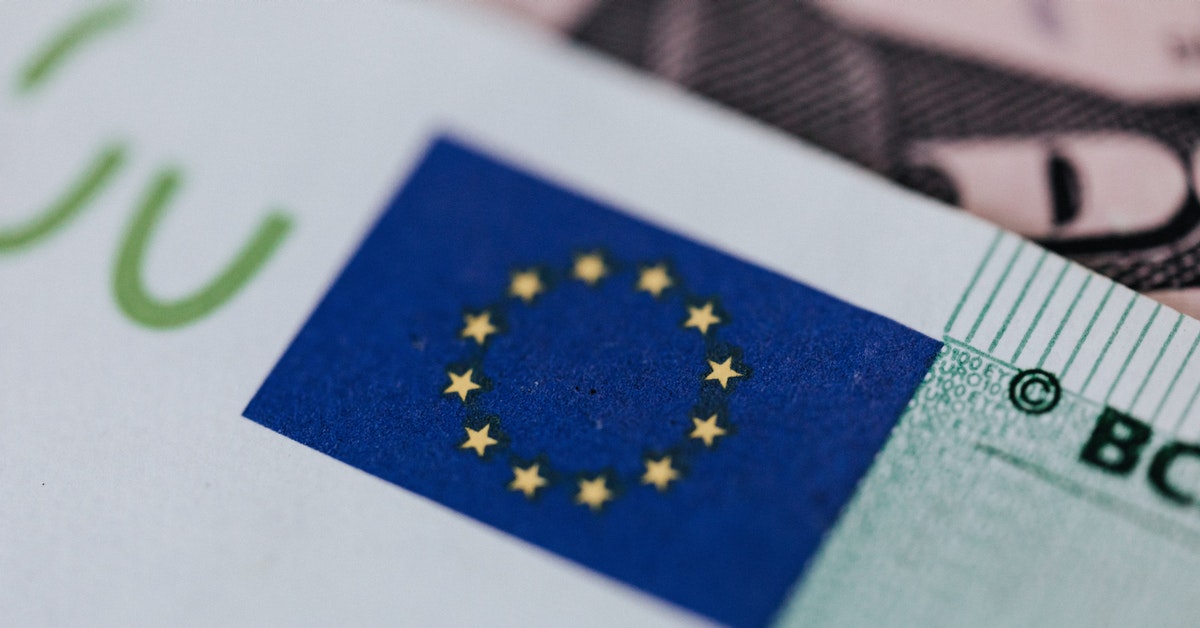Everything you need to know about an EU VAT registration number
Businesses operating across the European Union (EU) may need to register for value added tax (VAT) in one or more member states to get a VAT number. VAT registration requirements vary from country to country, but are based on the EU’s VAT Directive.
What is a VAT registration number?
A VAT registration number — also known as a VAT identification number — is a unique number that identifies a taxable person (business) or non-taxable legal entity that is registered for VAT. A VAT registration number format usually consists of up to 12 characters, and can include letters and numeric digits. They are issued by the tax authorities of each EU member state, which all have their own national VAT numbers.
Businesses supplying goods or services in multiple EU nations may need to apply for multiple VAT registration numbers. However, schemes such as Import One-Stop Shop (IOSS) and One-Stop Shop (OSS) can simplify the VAT registration process by enabling businesses to sell into multiple EU member states with a single registration.
When do companies have to register for an EU VAT number?
Businesses must register for VAT once their taxable supplies exceed the VAT threshold or criteria set out by the EU or the local authority in a non-EU nation. Businesses should be aware that VAT thresholds can vary from EU country to country and can also change. The requirement to register for VAT applies to all types of commercial business, regardless of industry or operating structure.
The EU has made efforts to make the requirements to register for a VAT number the same in all EU countries. Typical instances where a business is required to register for a local VAT number include:
- If a foreign company is buying and selling goods in another country
- If a company is importing goods into an EU country, which can include moving goods across national borders within the EU
- Holding goods in warehouses or on consignment stock in other EU countries for customers
- Holding a live conference, exhibition, or training if there is paid entrance
- Selling goods to consumers over the internet or through catalogues (distance selling)
- Supplying and installing equipment in a limited number of situations
- A very limited number of situations where services are being provided (following the 2010 VAT Package reforms)
The requirements above apply equally to EU and non-EU businesses operating within the EU (for example, if a U.K. business began operating in France).
How do companies get an EU VAT number?
Once the obligation to get an EU VAT registration number has been established, the process can begin. Companies must be VAT (EU companies) or tax (non-EU companies) registered in their home nations. They’ll then be required to complete and submit a local VAT registration form, along with supporting documentation. The application form can often be in the local language of the relevant nation, presenting a potential challenge for businesses (a fiscal representative may be able to help overcome language barriers). EU countries have become increasingly reluctant to provide document translations as this can create misunderstandings.
Typically, a company will be required to provide the following supporting documentation:
- Proof of VAT or tax registration in its country of domiciliation
- An original copy of the certificate of incorporation of the company
- A copy of the company’s articles of association
- An extract from the national company registrar as proof of existence
- Increasingly, proof of the planned trade (e.g., contracts or invoices)
- If the company is appointing a local tax agent or fiscal representative, then a letter of authority or power of attorney
Most countries will request other documents before issuing VAT numbers. For example, Spain requires a statement confirming that the company does not have a permanent establishment in Spain.
Following the submission of the application, it can take up to eight weeks for a business to receive its VAT registration number, depending on the country processing the application. The tax authorities may well ask further questions — specifically to try to prevent VAT fraud — so businesses should expect to be asked to provide additional information.
Some countries will not give a full VAT number
Foreign companies looking for a VAT number may face additional requirements in certain countries. Tax authorities may give them a local tax number, which only permits VAT transactions on local transactions. This is not registered on the VAT Information Exchange System (VIES) so therefore does not permit intra-community trade.
In this case, additional correspondence is required to get a valid VAT number.
What happens after an EU VAT number is received?
Once a business has received a valid VAT number, it’s free to start trading and charging VAT on its foreign transactions.
Each country has its own EU VAT number formats, despite being part of the same VAT system. It may help a business to familiarise itself with these variations, as well as any minor differences in VAT rules.
Getting VAT numbers isn’t the end of VAT compliance obligations. VAT-registered businesses are obliged to follow the rules on EU VAT compliance, as well as complete regular EU VAT returns.
